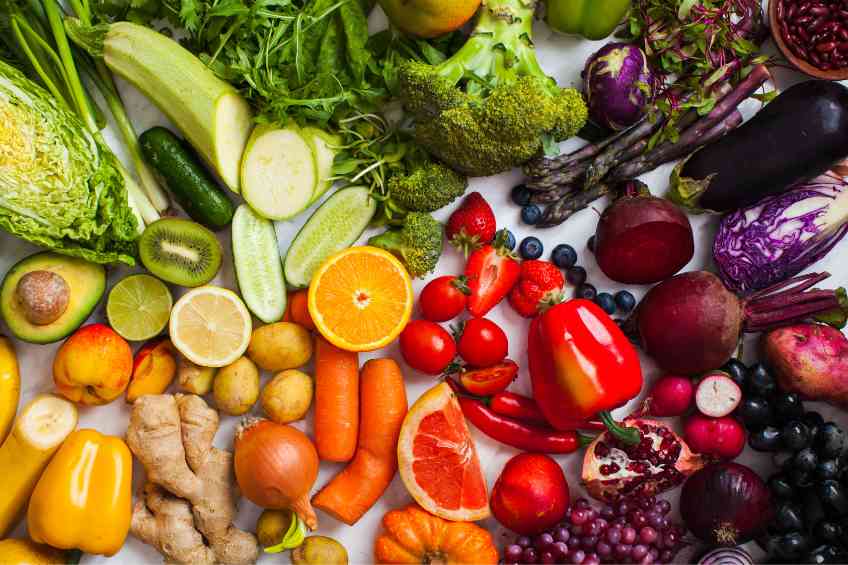By John Salak –
No one argues against the benefits of embedding fresh fruits and vegetables in a diet. Depending on the particular fruit or veggie, it can bring nutritional benefits.
Now, however, research shows that supplementing diets with colorful fruits and vegetables could improve a person’s visual range. The University of Georgia (UGA) announced its conclusions after examining how plant compounds that build up in the retina, known as macular pigments, work to improve eye health and function.
Previous studies out of UGA found that eating foods like dark leafy greens or yellow and orange vegetables that contain high levels of the plant compounds lutein and zeaxanthin can improve eye and brain health. The latest looked more especially at the impact on vision.
“A lot of the research into macular lutein and zeaxanthin has focused on health benefits, but from a functional perspective, higher concentrations of these plant pigments improve many aspects of visual and cognitive ability. In this paper, we discuss their ability to improve vision in the far distance or visual range,” said lead author Jack Harth, a doctoral candidate.
The issue of visual range, effectively well a person sees a target clearly over distance, is an especially critical asset for top athletes. The reason why objects get harder to see and appear fuzzier the farther they are due to the effects of blue light.
“From a center fielder’s perspective, if that ball’s coming up in the air, it will be seen against a background of bright blue sky or a gray background if it’s a cloudy day. Either way, the target is obscured by atmospheric interference coming into that path of the light,” Harth explained.
Traditionally, athletes have used blue or black blocker sunglasses to reduce the impact of blue light. Eating more foods rich in lutein and zeaxanthin is another natural way to improve the eye’s natural ability to handle blue light exposure. Consuming these compounds works because they collect yellow pigments in the retina and act as a filter to prevent blue light from entering the eye.
“In a long series of studies, we have shown that increasing amounts of lutein and zeaxanthin in the retina and brain decrease glare disability and discomfort and improve chromatic contrast and visual-motor reaction time, and supplementing these compounds facilitates executive functions like problem-solving and memory,” added corresponding author Professor Billy R. Hammond.
“We’re at a point where we can say we’ve seen visual range differences in pilots that match the differences found in modeling, and now, we’ve also seen it in laboratory tests, and a future goal would be to bring people outside and to measure their ability to see contrast over distance through real blue haze and in outdoor environments,” Harth said.
It is undoubtedly good news for athletes, or anyone interested in improving their vision. But the UGA research team warns that munching through 20 pounds of kale each week may not have the same impact on everyone. Everyone absorbs and uses lutein and zeaxanthin differently, meaning the impact of consuming foods rich in these compounds may vary greatly from person to person, Harth said.
Still, the authors claim the evidence is clear that consuming more lutein and zeaxanthin is a wellness win, which should encourage everyone to add more color to their diet to experience the positive effects on eye health.













